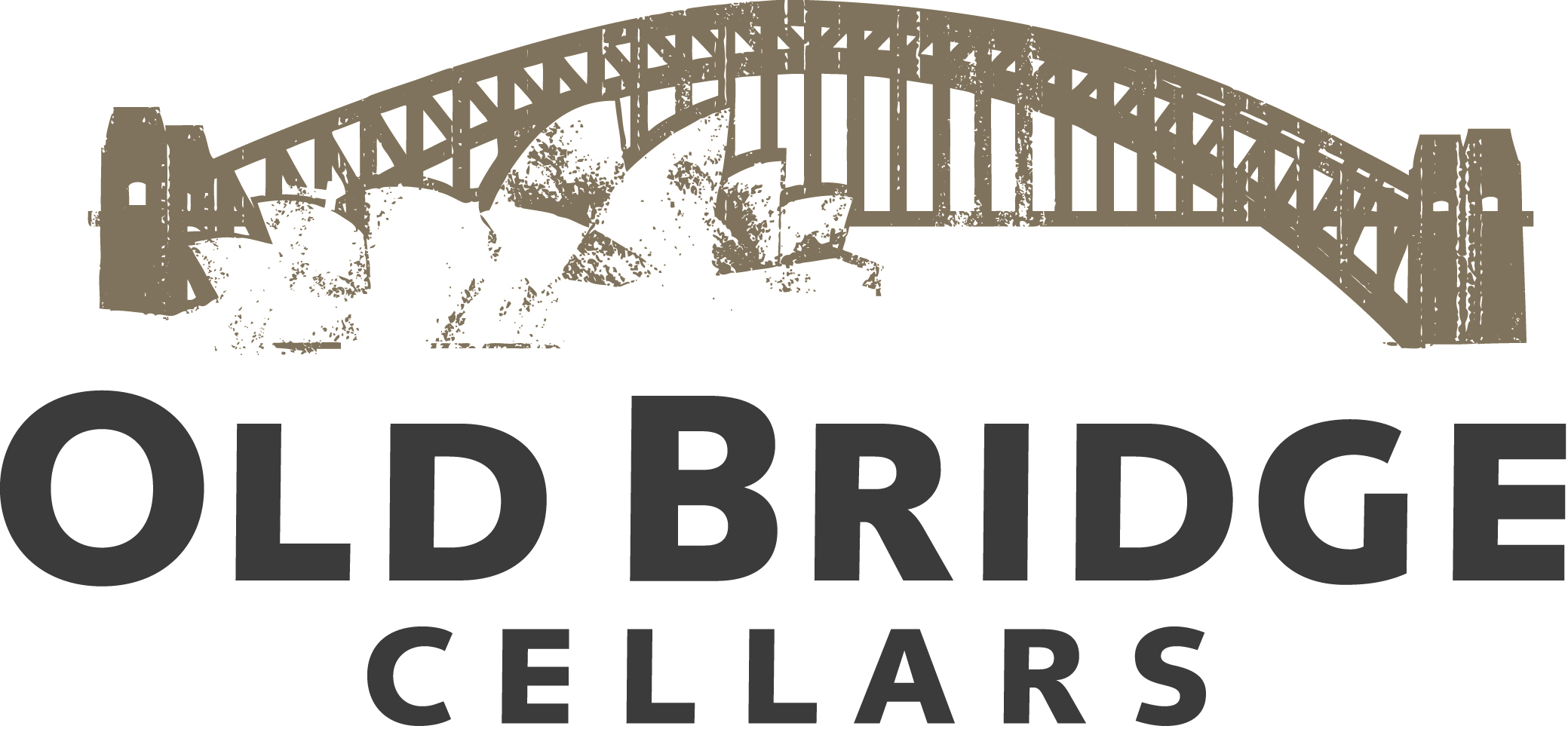The Wall Street Journal
by Will Lyons
February 13, 2014
Some of the best dry Rieslings in the world today are coming from Down Under
Last summer, with a new baby in tow, instead of meeting friends for a drink we would invite them over for a lunchtime picnic. One of the best tips I received from a sommelier about entertaining at home is to have the wine open and ready before your guests arrive. Once they are over the threshold, simply hand them a glass. Last summer, it was bone-dry Riesling from the Pfalz, Germany’s driest and sunniest wine region. It went down a treat, particularly when I revealed its price.
I’m sure if I had given my friends the option of a dry German Riesling, a New Zealand Sauvignon Blanc or a California Chardonnay, they would have plumped for the last two every time. Therein lies Riesling’s problem—it’s hopelessly unfashionable. Will it ever become fashionable? Who knows and, really, for those who love it (and I urge you all to love it), who cares? So long as it remains out of fashion, its price will continue to be very attractive.
I love dry Riesling from Alsace and Germany, but there is another country on the wine map that arguably makes some of the best examples in the world: Australia. When you think of Australia, you naturally think of big, expressive Shiraz blends or creamy, oaked Chardonnay, so it’s easy to overlook the fact that Riesling is one of the country’s principal grape varieties.
The ancient German variety was introduced into Australia in the early 19th century by Central Europeans. It found a natural home in South Australia where, in the Clare and Eden valleys, it acquires floral notes of lime and a searing, pinpointed acidity that when young is firm and bracing and, compared with counterparts in Germany, very dry. With age, these wines evolve to give more toasty notes.
This steely, dry style is achieved by two means. One is by planting at altitude; the Eden and Clare valleys are actually areas of quite high, open land, which enjoy relatively cool evenings in the growing season. The other factor is that the must is put through a full fermentation, thereby burning off any residual sugar.
But perhaps more than any other grape variety, Riesling is defined by the soil it is grown on. In Germany, this is primarily schist, slate and granite, which you can almost taste as you chew the wine in your mouth. In the Clare and Eden valleys, we find a mixture of soils, including limestone and slate, which goes some way to explain the success of the variety there.
Australian specialist writer Matthew Jukes argues that these vineyards produce the best dry Rieslings in the world. Wineries such as Dandelion Vineyards, Grosset, Kilikanoon, Langmeil, Leeuwin, Mac Forbes, Mount Horrocks, Pewsey Vale, Pikes and Wynns are all worth looking out for.
That these wines are undergoing something of a renaissance is also down to their compatibility with food, especially the lighter Asian dishes that are so popular in Australia just now. Chef Roger Jones, founder of the Michelin-starred Harrow in Little Bedwyn, U.K., lists more than 300 Australian wines in his restaurant. He says ingredients like chili and ginger are a natural pairing with Australian off-dry Riesling as the spice takes away the natural kerosene perfume of the wine.
Which brings me back to entertaining at home. I always like to serve an off-dry Riesling with a fresh crab and chili dish as a first course. I pour out the wine and watch the reaction as the sweetness interacts with the food. I find the residual sugar always lifts the mood. Do I tell them what’s in the glass? Only after they’ve tasted it.
